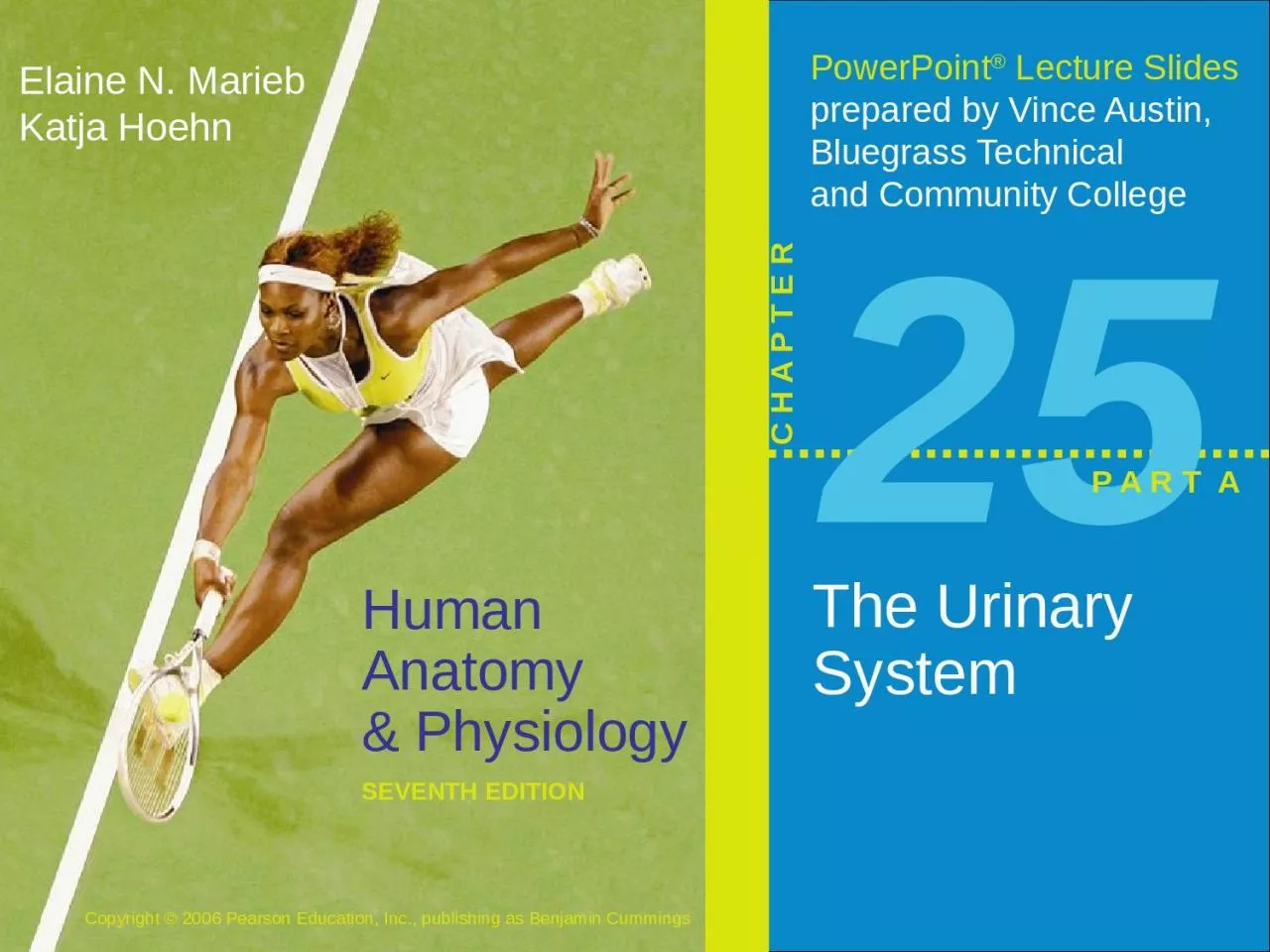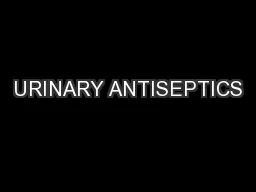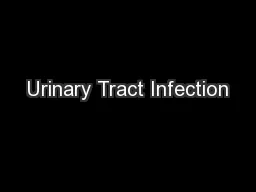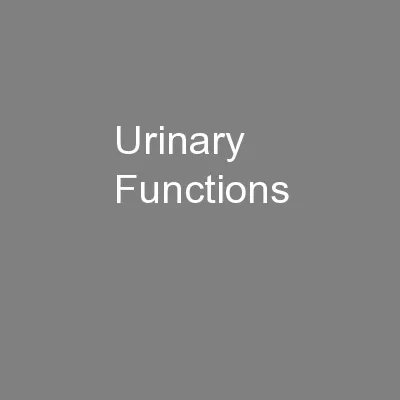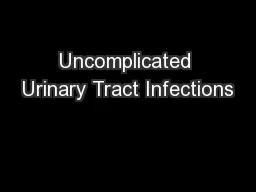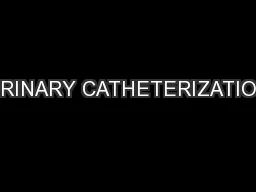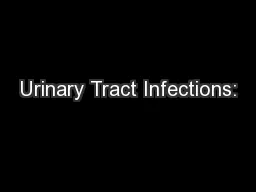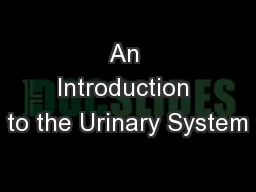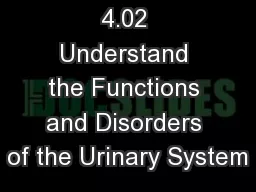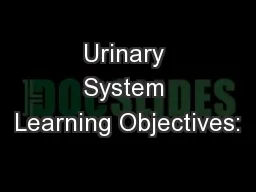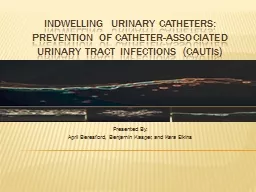PPT-25 The Urinary System P A R T A
Author : dandy | Published Date : 2024-02-09
Kidney Functions Filtration over 200 liters of blood filtered daily allowing toxins metabolic wastes and excess ions to leave the body in urine Regulates fluid
Presentation Embed Code
Download Presentation
Download Presentation The PPT/PDF document "25 The Urinary System P A R T A" is the property of its rightful owner. Permission is granted to download and print the materials on this website for personal, non-commercial use only, and to display it on your personal computer provided you do not modify the materials and that you retain all copyright notices contained in the materials. By downloading content from our website, you accept the terms of this agreement.
25 The Urinary System P A R T A: Transcript
Download Rules Of Document
"25 The Urinary System P A R T A"The content belongs to its owner. You may download and print it for personal use, without modification, and keep all copyright notices. By downloading, you agree to these terms.
Related Documents

